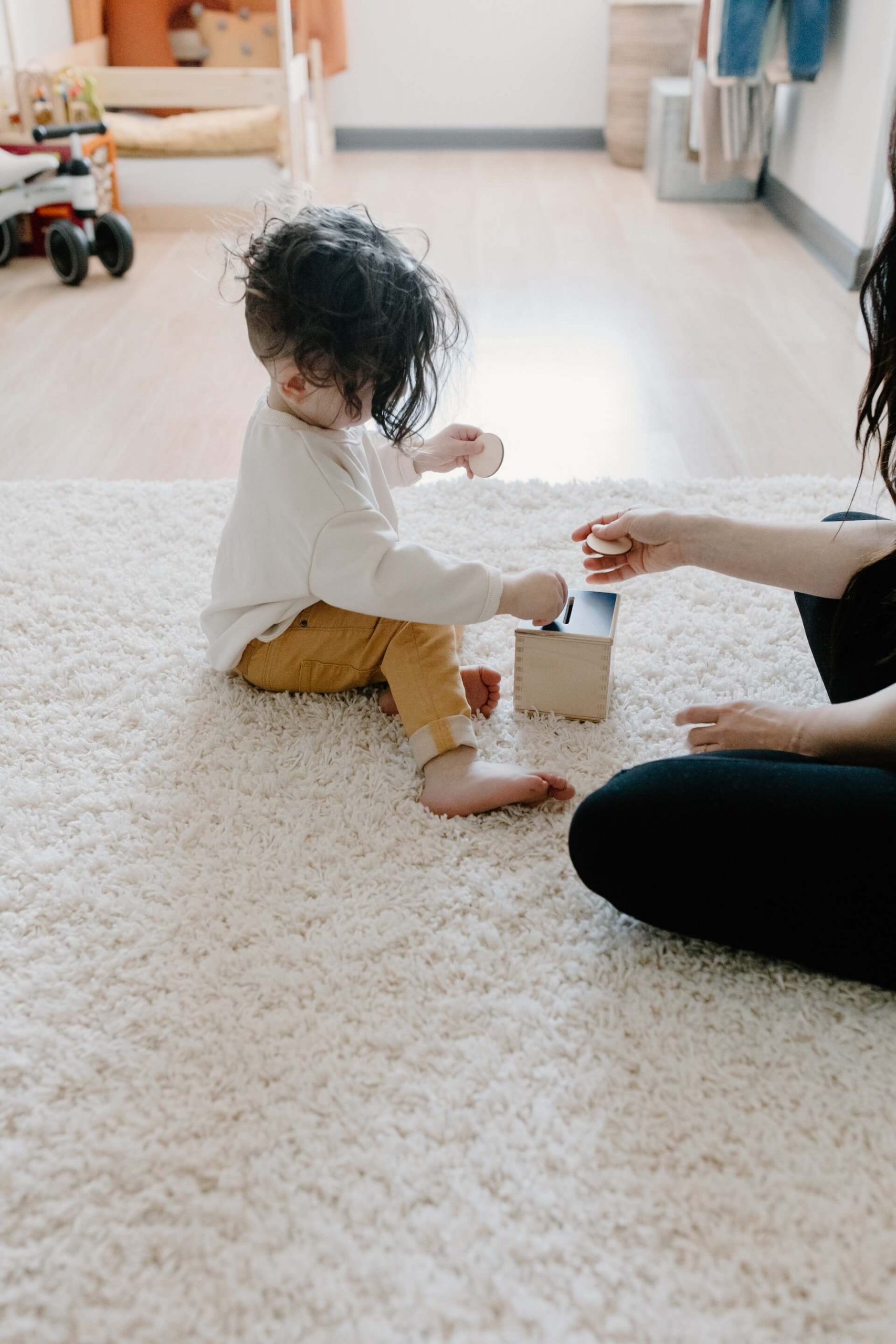
What is SEND? What help could my disabled child or young person get? If they are disabled, then they have certain disability rights. In fact, this includes help that is available to them. Your Benefits will tell you everything that you need to know about help and rights of children and young people with SEND.
What is SEND?
SEND stands for special educational needs and disabilities. It affects children and their ability to take in information. In fact, it could impact them in a number of ways. For example, it may impact their physical ability. They might have ADHD, in which case their ability to concentrate on the class and learn would be highly impacted.
A SEND may impact a student’s ability to read and write. This could be for a multitude of reasons, like if they are registered blind, dyslexic or are visually impaired. Lastly, it may impact their ability to socialize. In fact, it could be harder for them to make friends or interact with their classmates.
A young disabled person can also get DLA or PIP. The benefit they are eligible for depends on their age:
| Disability benefits eligibility by age in 2022 | |
|---|---|
| Age | Benefit |
| From birth until 16 years old | Disability Living Allowance (DLA) |
| From 16 years old until State Pension age | Personal Independence Payment (PIP) |
| State Pension age or older | Attendance Allowance (AA) |
SEND support

If your child has a SEND, there are people you can talk to for help. For example, you may want the school or nursery to accommodate for the needs of your child. Then, you could contact the SENCO of their school or nursery. This stands for SEN co-ordinator.
Your child could then be eligible to receive some help. For example, they could get SEN support. This is administered in schools. In facts, it allows for training and therapy, to help your child deal with their disability.
Your child may have needs that are more complex. In this case, they could benefit from an EHC (education, health and care) plan. In fact, this is for disabled people for up to 25 year olds.
Special educational needs help by age
Your child might need help with their disability. Then, they could receive support for their SEND in their school or college. What they could get depends mainly on their age. For example, your child may be younger than 5 years old. Then, their SEN support includes a couple of things. Mainly:
- That reasonable adjustments are made for them. This means that, in their school or nursery, services and equipment that can be acquired to help alleviate disadvantages that may arise from their disability;
- During the summer term that happens during the first year of their primary school: a written assessment;
- Health checks conducted by a health visitor (note that this is only if the child is 2 or 3 years old);
- Once the child is 2 years old: a written progress check.
If you have a childminder or nanny for your child, or your child is in a nursery, it’s a good idea to make sure that they are registered with Ofsted. In fact, if they are, they will be following the Early Years Foundation Stage (EYFS) framework. What this means is that they are able to help children with SEND.
SEND help for children 5 and older
Your child may have a SEND (special education need and disability) and be 5 years old or older. Then, if your child is between 5 and 15 years old, there are a couple of things that your child could get help on. In fact, notify their SEN co-ordinator or teacher if you believe that they need one or more of the following:
- To be watched over during recess or class;
- Working in a small group during group work;
- More help and assistance from their teacher;
- A specific learning programme;
- Physical help, like for using the toilet or eating because they are not able to do it by themselves;
- Social help because they have difficulties communicating with other children;
- Require more encouragements than other children, because of the extra difficulties that their SEND brings;
- Help when engaging in class activities.
Your child may be 16 years or older, and be in further education. If this is the case, you can notify their college. In fact, they could be able to accomodate for their SEND in a multitude of ways. Then, your child will be contacted by your local authority and their college in order to figure out the help that they need.
Education, health and care plan

Your child with SEND may have more complex needs, and be under 25 years old. Furthermore, they might need more help than the one given by their school or nursery. Then, they could benefit from an education, health and care (EHC) plan and SEND code of practice. In fact, this plan will figure out the social, health and educational needs of your child.
You may want to know how to get an EHC assessment. Then, you can request one from your local authority. However, if your child is between 16 and 25 years old, they can do this step themselves.
Your child may then receive an EHC assessment. Then, you might need to provide certain information. For example, this may be a letter giving more details about the needs of your child with SEND. However, you may also need to provide an assessment of your child done by their doctor.
For the assessment of your child, you may need to provide a report coming from their childminder, nursery or their school. Then, once they have everything they need, it may take up to 16 weeks for them to get back to you.
How is an EHC plan made?
The EHC plan made for children and young people with SEND is made in roughly 3 steps. First, a draft EHC plan will be constructed by your local authority. Then, they will send you a copy of it. Second, you will have 15 days to request changes or make other comments. This includes asking that your child be assigned to a specialist needs college or school.
Third, and lastly, your local council will then have 20 days from the day on which they receive your comments to provide you the final version of the EHC plan that they have concocted.
However, you may disagree with a decision that was taken on your child’s EHC plan. More specifically, you may disagree with one of the following:
- The school assigned to your child in the EHC plan;
- The special educational support;
- Them deciding that they do not need to create an EHC plan;
- Them deciding not to do an assessment for your child.
Budget for child with SEND
Your child may have a SEND and an EHC plan. In this case, you could be able to receive a personal budget. However, note that this is also true if they need an EHC plan but have not gotten one yet. Then, you can chose how you spend the money for your child.In fact, there are 3 main ways in which you can make use of this budget:
- Through a third party: someone else will receive and use the money in your place;
- An agreement with the school or local authority: they will keep hold of the money, but you will still decide how it is use (this is also known as a “notional arrangements”);
- Direct payments: you would then receive the money and manage it yourself.
Your child may also receive other help during the process of their SEN assessment. For example, they could get their statement of special educational need with a brand new education, health and care plan. Additionally, a child with learning difficulties may have a LDA (learning difficulty assessment). Then, this could be replaced with an EHC plan.
My child with SEND received support prior to September 2014
Your child or young person with SEND might have received support prior to September 2014. Then, they will move to an EHC plan. Indeed, this should take place when they move school, or during a planned review (your local council should tell you which will be true).
Furthermore, your child may already have a statement of special needs. Then, they will have a plan that helps them after year 9, also known as a “transition plan”. Lastly, know that if their further education school or college does not provide enough help, they can ask for an EHC plan.


